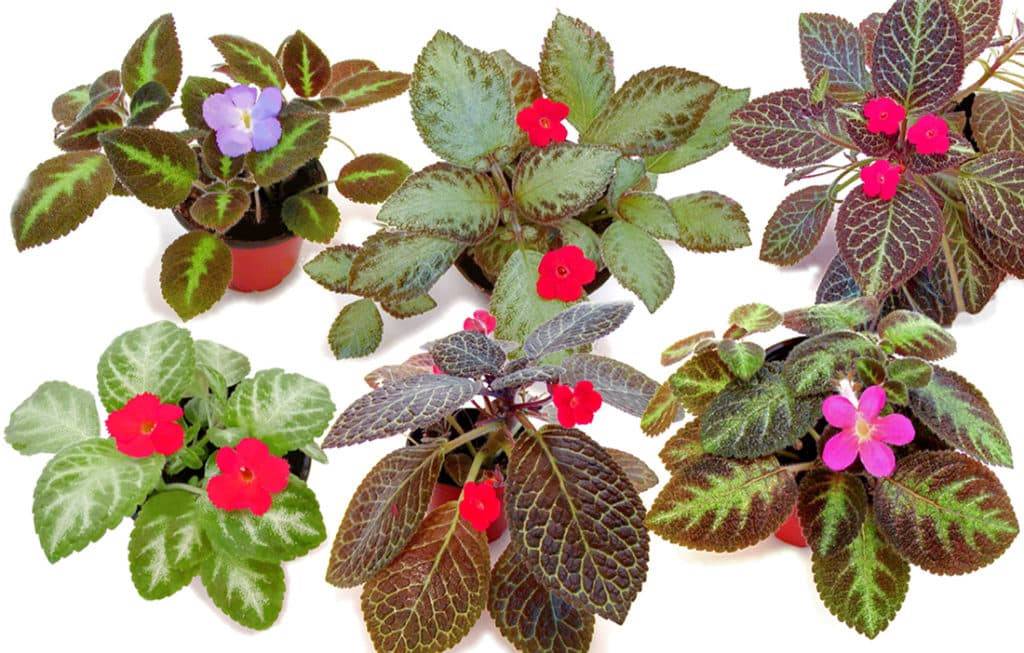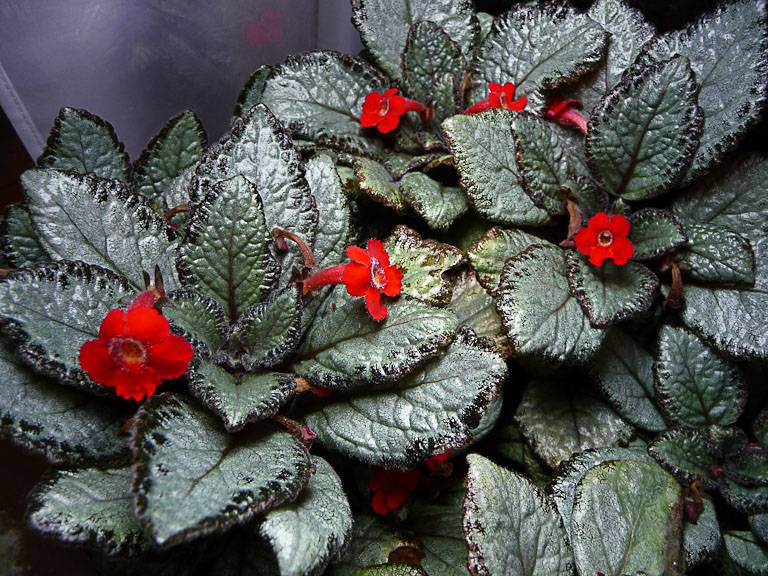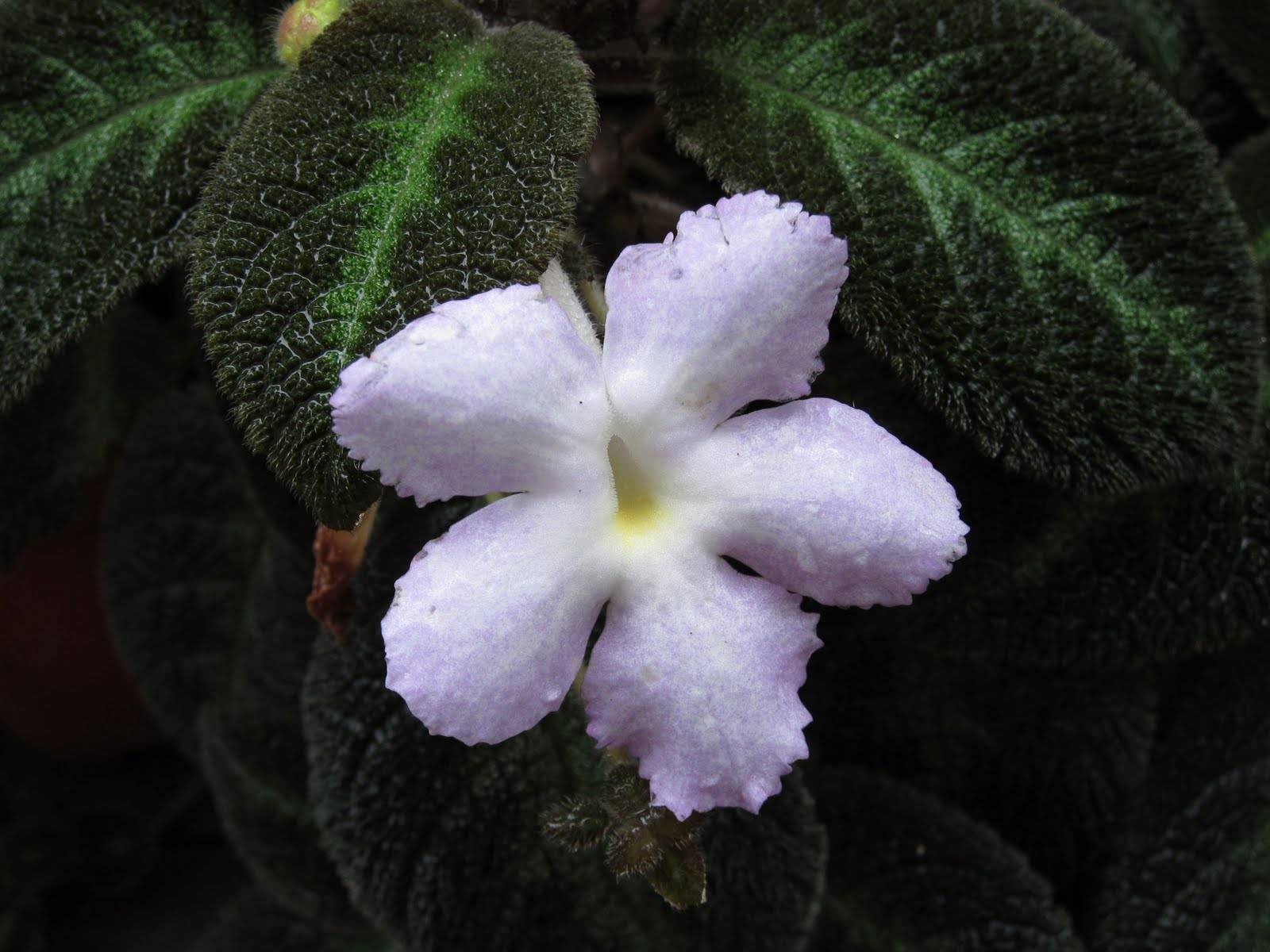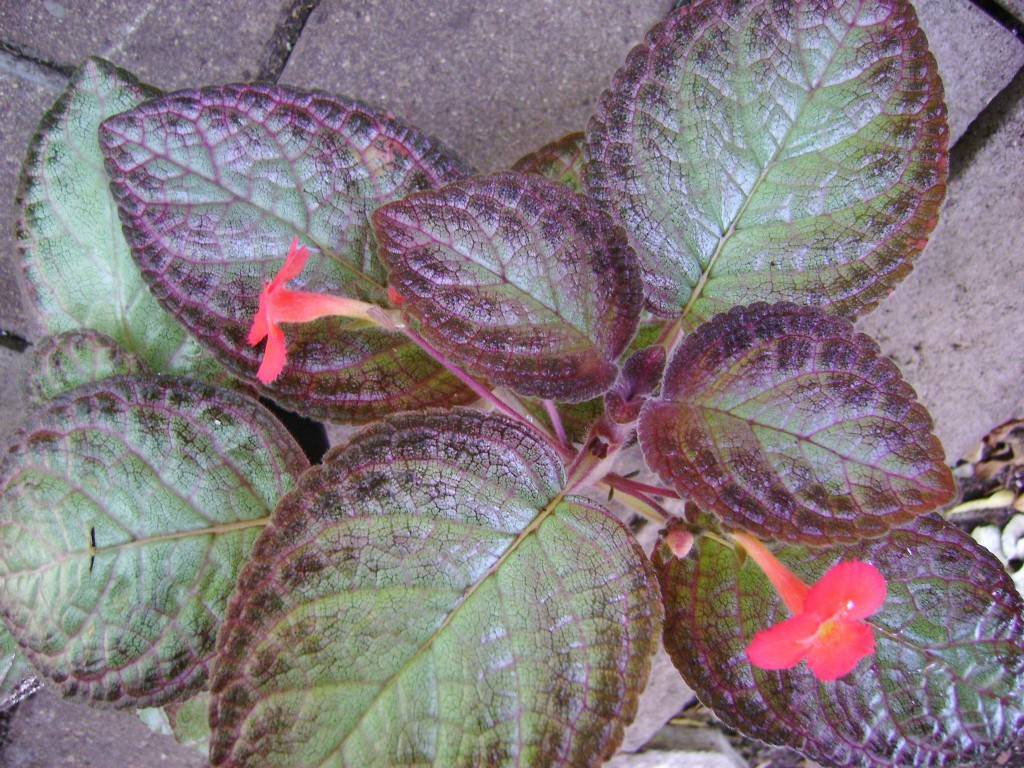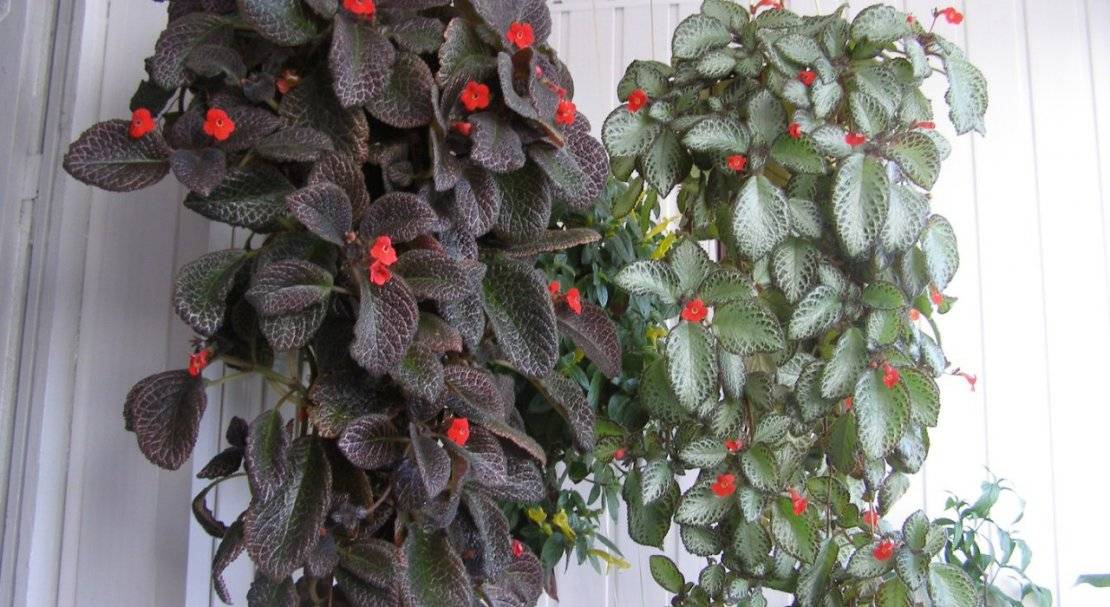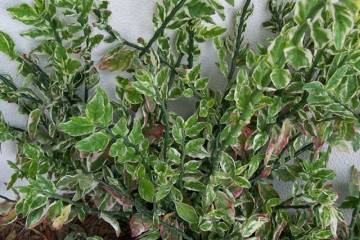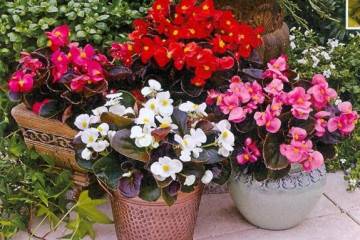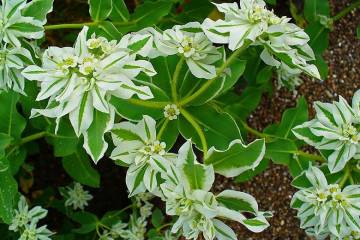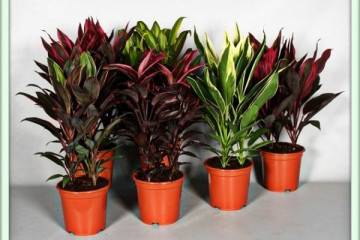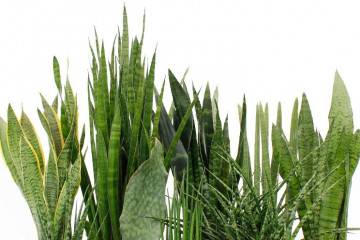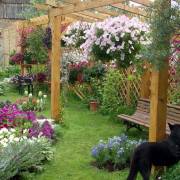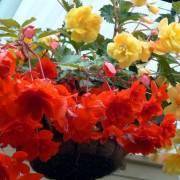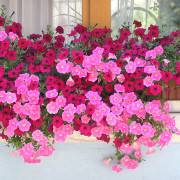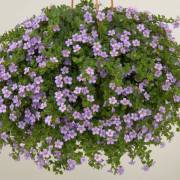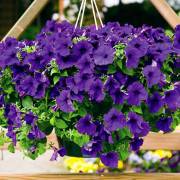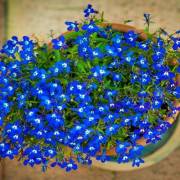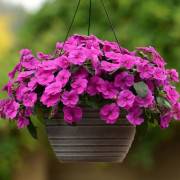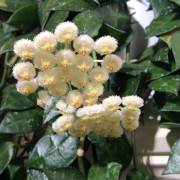Episation flower - types and varieties of indoor plants
Content:
- Episation flower indoor
- Variety of species
- Tiger Stripe Episode
- Episation Northern Lights (Northern Light)
- Emerald Velvet
- Episode Silver Skies
- Episode Blue Nile
- Strawberry Patch Episode
- Jim's Red Trail Episode
- Episode Silver Sheen
- Strawberry Mist Episode
- Raspberry Blush Episode
- Episode My Precious
- Episode Sea Foam
- Aloha Mauna Loa Episode
- Episode Yellow Mist
- Episode Lilacina Viridis
- Ronnie Episode
Episode is grown as a houseplant in our climate. The flower has very beautiful leaves that change their color and texture depending on the variety. Moreover, an episode is a flowering plant. Small bright flowers appear on it from spring to autumn.
Episation flower indoor
Episcia is a beautiful climbing perennial plant. In our climate, it is grown as an indoor flower. It can grow in the garden, but only in the warm season, it does not tolerate winter frosts.
Distribution area
In nature, the episode grows in Brazil, Colombia, Mexico and other countries of South and Central America, where it is found in tropical forests, in shaded areas with high humidity.
Botanical description
Episcia is translated from Greek as "shaded". This makes it clear that the flower does not like direct sunlight and will feel good on northern windows or in a flowerpot on the wall. The plant belongs to the genus of perennial herbaceous plants. Root shoots are formed on its shoots, and in natural conditions the episode quickly spreads over the plot of land in different directions.
Leaves are the real pride of a flower. Their shape is ovoid with a pointed tip, but the colors and textures surprise and delight with beauty and variety. Leaves can be glossy or velvety, wrinkled or fluffy, one color with prominent veins, or two-colored. The color gamut of the leaves of the episode is very wide - from standard green shades (light green, emerald green, dark green, marsh, gray-green) to chocolate, copper, crimson, pink, mother-of-pearl silver.
The flowers are not large, solitary, elongated, with four stamens. The colors also differ depending on the variety, there may be white, pink, red, yellow, and other shades. They bloom at home from June to September.
Plant care
Although the episode loves shaded places, the indoor flower needs good lighting so that the shoots do not stretch out, the leaves retain their decorative effect, and the flowering is abundant and long-lasting. Only sunlight should be diffused.
The plant feels good at high humidity, while it is recommended not to spray it, but to put it in a tray filled with expanded clay and add water there. Watering the plant should also be done through the pallet. Water should be used at room temperature.
The flower is kept at room temperature 20-24 ° C. Prefers slightly acidic or neutral soil. Optimal soil composition:
- 1 part peat
- 2 parts of leafy soil,
- 1 part sand
- additionally, you can add charcoal.
In the spring and during the flowering period, the flower can be fed 1-2 times a month with mineral and organic fertilizers, but the concentration should be 2 times less than indicated on the package with additives, if you overdo it with fertilizer, the leaves of the flower will turn yellow. At the same time, the plant requires an annual transplant in the spring to avoid soil acidification.
Reproduction
The weaving handsome man reproduces by seeds or shoots.Considering that the flower sprouts lateral shoots on which aerial roots grow, there are no problems with reproduction. You just need to break off the shoot, which already has roots, and put it in the water. When the roots grow a little, after about a week, the flower can already be transplanted into a pot. The container should not be deep, but wide, always with drainage.
With proper care, timely watering, fertilization and transplantation, the episode practically does not get sick. She can only suffer from the appearance of harmful insects. Among them: aphids, thrips, whitefly, mealybugs, scale insects, which will have to be dealt with with the help of fungicides.
Episation is a beautiful, unpretentious indoor flower, which is not difficult to grow. It grows very quickly and, when favorable conditions are created, it grows with a lush weaving cap of decorative leaves with no less beautiful flowers.
Variety of species
An ornamental plant is loved and grown in different countries, so a large number of its hybrid species have been bred. Each variety surprises with its beauty and uniqueness. At the same time, the simplest natural species does not lose its position and continues to be popular with flower growers.
Tiger Stripe Episode
Tiger stripe or striped tiger is an unpretentious species, tolerates low light and dry air, and grows quickly. The leaves of the tiger flower are large, dark green, strewn with pronounced silvery veins, have a marble appearance, and are covered with a light mother-of-pearl fuzz on top. The flowers are of a bright red saturated hue.
Episation Northern Lights (Northern Light)
Episation Northern Light or Northern Lights has very decorative foliage and shoots are often covered with rhizomes. The leaves of this species are large, glossy, but have a light edge, densely cut with veins.
The variety was named due to the color of the foliage. Their color changes from the center to the edges and depends on the lighting. Basic shades: from pink-pearl in the center, to dark pink, lilac, deep burgundy, purple and ending with a wide chocolate border. The flowers are orange-red.
Emerald Velvet
Emerald Velvet or Emerald Velvet is also a very beautiful variety. The bush grows compact with medium-sized leaves. The appearance of the leaves justifies the name of the flower. They are covered in fluff, and black spots on dark emerald greens create a velvet tone that you want to taste to the touch.
Episode Silver Skies
Silver skies or Silver sky is a miniature variety. Grows in a small lush bush. The leaves are small, 2-3 cm in size, shiny, with a slight edge. The color of the leaves is very unique - the silver-green core is covered with a fine mesh of vessels and bordered with a dark olive carved stripe. The flower is bright scarlet, tubular.
Episode Blue Nile
Blue Nile or Blue Nile is a large flower with large flowers and leaves. The leaf is 12 cm long and 8 cm wide. The leaves are thick, soft and velvety, slightly curled inward. They also have a very interesting color: it seems that an emerald-silver herringbone is glued to the dark olive base in the center of the sheet. The flower, which is about 6 cm in diameter, is a romantic lavender shade with a cream or yellow neck. It consists of five petals with wavy edges.
Strawberry Patch Episode
Strawberry Patch translates to strawberry patch. Its leaves are bright pink with silver veins. The color of the leaf is not uniform, it goes from pink to red, crimson and metallic. Like other varieties, the leaves are cut with veins and covered with a small edge. The size of the flower is medium, carnation-flowered.The flowers are orange-red with a yellow center.
Jim's Red Trail Episode
Jim's Red Trail or Red Trail is a small, compact bush, unpretentious, fast-growing, and not greedy for shoots with rhizomes. Episode leaves never cease to amaze with the variety and combination of shades and delight in their beauty. Jim's Red Trail has them dark brown with red or pink veins. The shape of the leaves is almost round, only the end is pointed, the edges are carved. The shade in the center of the leaf is more saturated, almost black, and becomes lighter towards the edge. The serrated edge of the leaf is pink at all. The flowers are tubular, orange-red or bright red with a yellow center.
Episode Silver Sheen
Silver Sheen bred on the basis of the Copper Episode, its leaves are large, covered with fluff. The design of the leaves is so unusual that it is even difficult to describe it. The main color is green, but it is practically invisible behind a huge number of large and small veins of a silvery-light green color. The edge of the leaf is brown or dark olive. Closer to the edge, there are dark brown or purple spots, like a panther, and in the center of the leaf there are no spots at all.
The flowers of this species are also orange-red.
Strawberry Mist Episode
Strawberry Mist - Strawberry Mist is translated as Strawberry Mist. The flower belongs to the same species as the Strawberry Patch, and has rich and rich red-crimson leaves with pearlescent tints and a silvery-green mesh of veins. The flowers are orange-red with a yellow neck, the bush is abundantly strewn with them, but they are almost invisible against the background of red leaves.
The shoots of the plant grow slowly compared to other species, but they grow long with frequent rosettes of medium-sized leaves.
Raspberry Blush Episode
Raspberry Blush is a raspberry blush. Another handsome man from this family with very large, curled down, embossed leaves. The leaves have no edges at all, they are smooth, glossy, with a dazzling pearlescent sheen. The color is green-brown or dark olive.
The crimson blush is manifested in the veins with which the leaf is abundantly covered, especially in its center, and from the seamy side, the leaf is completely crimson. Also, the blush appears on the flowers. On a thin tubular stem, five petals are located overlapping each other, the same as in most episodes, orange-red in color with a yellow center. However, towards the edges, the petals acquire a crimson hue.
Episode My Precious
My Precious translates to my darling. It has very large, 20-25 cm long, embossed leaves, shiny and smooth on rather short stems. Their color is emerald green with silver streaks, and the center is almost completely silver-gray, and the edges are green.
It gives very few shoots, but it blooms almost all year round with small yellow flowers. Closer to the center, the color of the five rounded petals becomes more saturated, and fades towards the edges, there is also an orange rim in the middle.
Episode Sea Foam
Sea Foam, or Sea Foam, is a large, profusely flowering variety with large leaves. The color of the leaves, like most species, passes from one shade to another, admiring its beauty. At Sea Foam, the leaves in the center are gray-green, towards the edges this color turns into crimson, and the edges themselves are already chocolate. The main vein in the center is silvery-olive. The leaf has a round shape with a sharp tip, the edge is weak, a pearlescent sheen is present. The flowers are again orange-red with a yellow center.
Aloha Mauna Loa Episode
Aloha Mauna Loa is a novelty in plant breeding. She greets with medium dark green leaves with pale pink veins, the pink color becomes more and more towards the edge. The edge is weak, the surface is pearlescent-shiny. Flowers are red five-petal.
Episode Yellow Mist
Yellow Mist, or Yellow Mist, has leaves of an extremely juicy and rich green color, and only the pearl center and mesh of veins slightly muffle this riot of green. Their texture is lumpy, there are no edges, glossy and sparkling. The flowers are smallish with jagged edges, yellow. The variety grows quickly and, with proper care, can bloom almost all year round.
Episode Lilacina Viridis
Lilacina Viridis translates to lilac greenery. The plant is bushy, strongly weaving, with lilac flowers and rich green leaves, which seem festive in a bright emerald outfit with a pearl thread in the center. If you look closely, you will notice a very thin brown line along the edge of the leaf.
The flowers are very delicate, light, lilac-lavender shades, turning to the center in white, and in the very neck there is a yellow spot. The leaves and stems of the plant are fluffy, velvety.
Ronnie Episode
Ronnie is a compact bushy plant with very large leaves up to 20 cm, abundantly overgrown with layers, which quickly root out and take root well. The leaves are dark green, marsh or brown with a light green center and gray-pearl veins and specks. A coral red flower against a background of dark green looks very impressive.
There are a great many types of episode, and they all have decorative leaves of incredible beauty and colors. Seeing the beauty of each variety, it is difficult to make a choice and you want to admire each of them in your home. In addition, this indoor flower is unpretentious and does not require much care.
